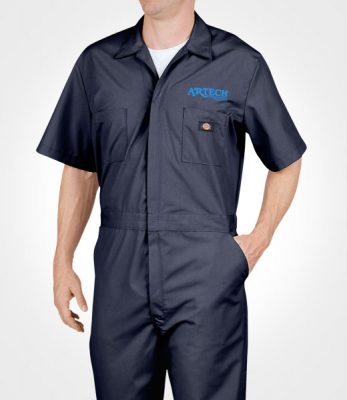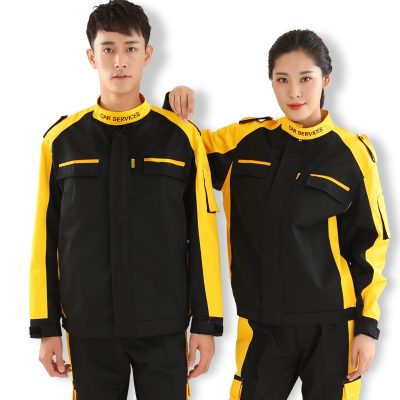Coveralls have indeed evolved into a modern and versatile form of workwear that combines functionality, safety, and style. Here’s how coveralls have taken a modern twist in the realm of workwear:
- Design Innovation: Modern coveralls come in a range of innovative designs that prioritize comfort and ease of movement. This includes features like ergonomic cuts, stretch panels, and articulated knees to allow workers to perform their tasks without hindrance.
- Fashionable Styles: Some industries have embraced coveralls as a fashionable and functional choice. Contemporary coveralls may feature sleek designs, trendy colors, and streamlined silhouettes, making them more appealing to workers and even extending their use beyond the workplace.
- Customization Options: Many modern coveralls offer customization options, allowing workers to choose specific features such as the number and placement of pockets, the type of closures, and even the addition of company logos.
- Material Innovation: Advances in fabric technology have led to the development of coveralls with enhanced properties, such as moisture-wicking, breathability, and lightweight yet durable materials. This ensures that workers stay comfortable even during physically demanding tasks.
- Tech Integration: Some coveralls are designed to accommodate wearable technology such as sensors, communication devices, and even integrated heating or cooling systems, making them adaptable to various working conditions.
- Multi-Functional Use: Modern coveralls are often designed to serve multiple functions. They can transition from protective workwear to casual wear, allowing workers to easily go from the job site to other activities without needing to change.
- Gender-Neutral Options: Many modern coverall designs are more inclusive and offer gender-neutral options, ensuring that all workers have access to comfortable and suitable workwear.
- Sustainability Focus: As sustainability becomes a key concern, some modern coveralls are made from eco-friendly and recyclable materials. This aligns with the growing emphasis on environmentally conscious practices in various industries.
- Adaptation to Technology: In industries where technology is integral, coveralls may incorporate smart features such as built-in RFID tags for easy tracking and management of gear.
- Integration of Safety Features: Beyond traditional safety features, modern coveralls may include integrated lighting systems, GPS tracking, and other advanced safety technologies to enhance worker protection.
- Cross-Industry Use: Coveralls are no longer limited to industrial settings. They are embraced in fields like fashion, streetwear, and art, showcasing their versatility and potential for creative expression.
- Online Customization: Some brands offer online platforms that allow workers to customize their coveralls by choosing colors, fabrics, and features, providing a tailored solution to their specific needs.
The modern twist on coveralls reflects an understanding of the evolving needs and preferences of workers. While still prioritizing safety and functionality, modern coveralls also incorporate elements of style, comfort, and personalization, making them a well-rounded and adaptable choice for a variety of contexts.






















